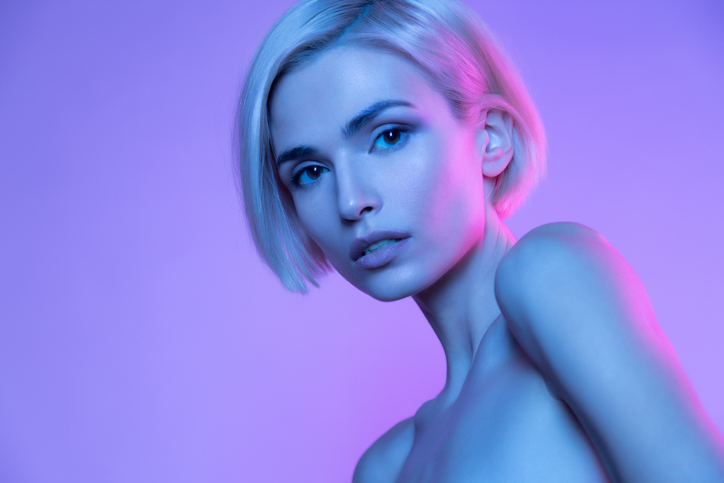A deep dive into the future of aesthetics with global aesthetics leader, Allergan Aesthetics.
We are entering a dynamic era for aesthetics as cultural and consumer trends collide to create the conditions for exponential growth.
The latest global figures from the International Society of Aesthetic Plastic Surgery (ISAPS) reveal that in 2020, there were a total of 14.4 million nonsurgical procedures, suggesting significant white space for expansion, both in attracting new patients as well as expanding frequency and repertoire among existing clients. This figure is expected to peak to 23 million nonsurgical injectable treatments and 14.6 million body procedures by 2025.
This report by Allergan ‘The Future of Aesthetics’ outlines the top trends reported amongst a worldwide survey from leading Key Opinion Leaders (KOL’s).
“The goal of our trends work is to uncover cultural shifts in aesthetics. Like the beauty and fashion industries, societal views change and impact aesthetics. This trends report is one resource to help us quantify and track these views. By anticipating how industry behaviours will evolve, we hope to better meet the needs of customers and patients today and moving forward.”
Carrie Strom, President of Global Allergan Aesthetics
Diverse Individuality
In a world that is increasingly diverse, people of all ethnicities are seeking out aesthetic treatment, and want to see themselves reflected and represented.
Clinics, too are beginning to tailor treatments to clients of different ethnicities to tap into this growing opportunity. Hyperpigmentation is an issue for those with darker skin tones, yet the methods frequently used to treat it – lasers, glycolic acid, hydroquinone, and TCA peels – were created and tested on those with lighter skin. Alternatives are emerging, including a mandelic acid-based formulation, said to be better suited to treating the condition in darker skin tones.
Tailoring services, marketing, and communications towards different ethnicities – and, considering the full spectrum of consumers, to each person’s unique needs – is now something consumers expect, and as an industry, aesthetics is no exception.
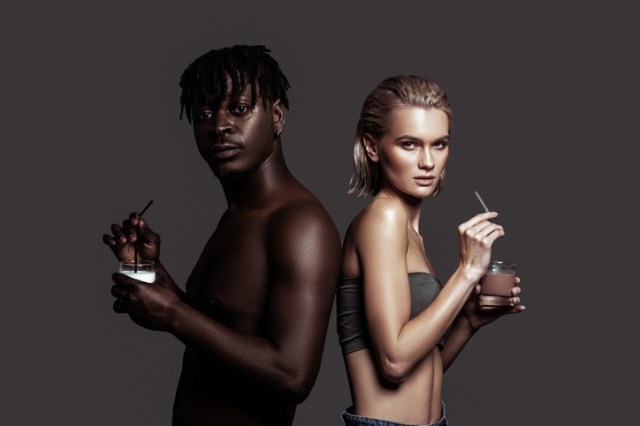
Male Aesthetics
Male aesthetics are evolving across a broader spectrum of possibility. In the future, men will express more freedom of choice when it comes to how they look. As gender conventions become less rigid, and beauty is democratised, traditional notions of masculinity are being challenged. The modern man, regardless of age or social status, is increasingly comfortable with caring both for his body and his looks.
Alongside the traditional western male archetype of chiselled jaw and toned muscled torso, is a new, softer breed of role model: all unquestionably male, yet unafraid to challenge conventions of masculinity.
Gender Inclusive Beauty
For young people, gender is an increasingly mutable concept, which they expect to remain fluid throughout their lives. In tandem, there are growing concerns that an overly gendered view of the world leads to harmful stereotyping. In its turn, mainstream culture is becoming less rigid.
When it comes to beauty, brands are prioritising inclusivity, unsiloing products and speaking to everyone with one inclusive voice, whether male, female, non-binary, trans or undecided. Others are putting the focus on the things we all have in common: skin conditions, care for the planet or other lifestyle factors.
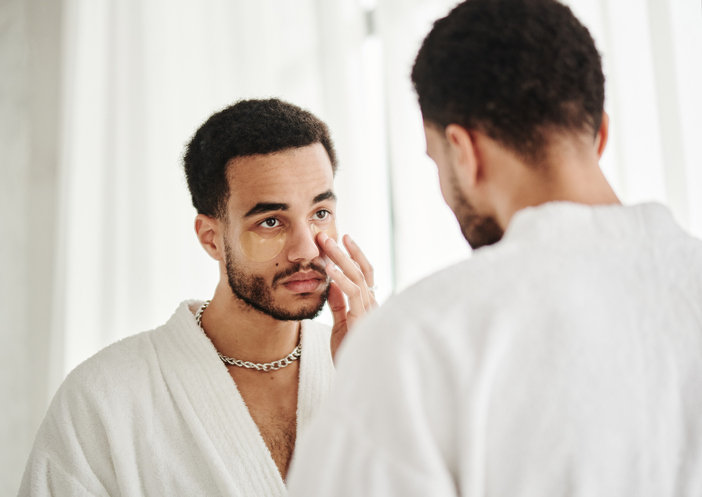
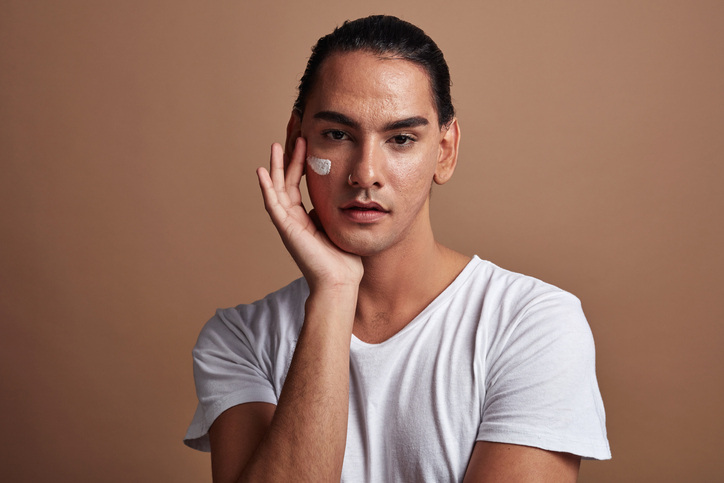
Ephemeral Expression
Beauty is no longer rigidly defined – instead, creativity is coming to the fore. Now, this influence is spilling over from youth-dominated social media into the more rarefied spheres of fashion and beauty.
How is all this creative expression expected to infiltrate aesthetics? One sign that consumers are comfortable experimenting with their look is practitioners citing patients’ embrace of minimally invasive treatments that don’t necessitate a long-term commitment.
Elevated Experiences
Loyal aesthetics consumers now expect immersive 360 experiences that deliver engagement at every touchpoint. One emerging trend sees aesthetics treatments – of course performed by highly qualified, expert practitioners – appearing in luxury environments that span dedicated spaces in upscale department stores, to hotels, to bespoke-design clinics, perhaps cueing familiarity and comfort for more affluent customers. These cocooning environments are crafted to create a patient experience that is relaxing, with a focus on an individualised treatment journey, so patients feel confident that their unique needs are being addressed.
This luxury approach is also unlocking a more holistic experience, where clients can address their aesthetic issues in an all-encompassing way. This could mean looking at aspects of health, from hormone levels, to diet, and even overall mental well-being, alongside patients’ treatment goals, to ultimately arrive at results achieved in a truly collaborative approach with the patient.
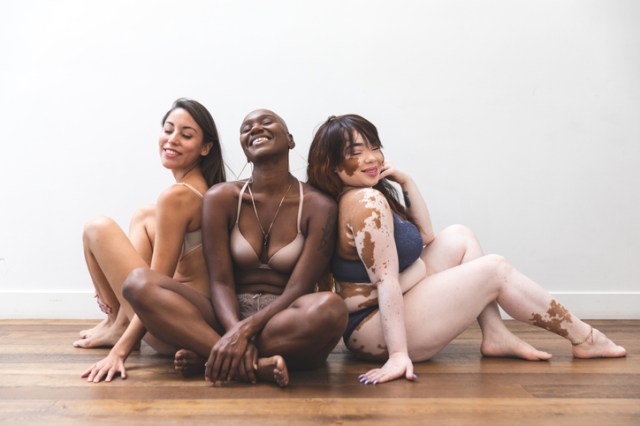
New Body Frontiers
While facial aesthetics have long dominated the market, practitioners the world over are tipping the body as the new frontier for growth and innovation. The appetite for aesthetic body treatments is on the rise. For instance, the number of non- invasive fat reduction procedures grew by 21.1% between 2019 and 2020 globally.
Despite the rise of body positivity and body neutrality movements in recent years, the focus on body ideals persists, driven in part by the hyper-visual nature of social media platforms and dating apps.
In support of this, non-invasive treatments provide a potential quick fix for stubborn body issues like cellulite or fat reduction without surgery or recovery time, and they are proving a popular choice amongst consumers.
Aesth-ethics
Aesthetics should be regulated and safe for all patients. Practitioners are focused on pulling the industry up by setting the standard. Poor practice is a problem for the aesthetics industry worldwide, but one of the key challenges lies in the fact that it shows up in many disguises.
In Norway, concern is such that a new law has been introduced. Influencers will no longer be able to post edited images without declaring them. Altered images are just part of the issue. Media reports suggest that some social media algorithms promote aesthetic procedures as recommended content to teenagers.
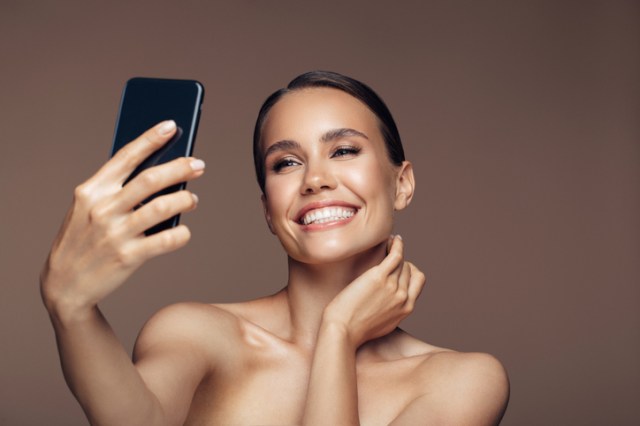
The Digital Lens
Seeing oneself through a screen, and how that can distort perceptions, was an issue that was percolating in the background before COVID-19 hit. Then, the pandemic, and the accompanying drive to working and socialising online thrust the digital image front and centre. Coupled with the already pervasive manipulation of photos on social media, how digital communication changes consumers’ perception of themselves, and how this relates to aesthetics, is a hot-button issue.
Practitioners express how they want to make clients aware of how lenses, filters, and the unreality of social media can distort their appearance, and advocate a balanced approach to aesthetics, rather than extremes that a client might ultimately regret.
Beauty and the Meta Verse
Future generations will be virtual natives, seamlessly navigating the physical and digital realm. For those in the aesthetics category, there are compelling opportunities to engage both consumer and professional audiences.
For consumers, the metaverse promises the ability to curate a new virtual self, and this will likely have important consequences for self-expression. Virtual ‘meta-clinics’ could provide new ways to interact with clients, while also providing valuable education on treatments.
Read SPA+CLINIC’s latest issue here:
There are 5 ways you can catch up with SPA+CLINIC
- Our quarterly print magazine, delivered to your door. Subscribe here.
- Our website, which is updated daily with its own completely unique content and breaking news.
- Our weekly newsletter – free to your inbox! Subscribe here.
- Our digital magazine – click here to view previous issues.
- Our social media – see daily updates on our Instagram, Facebook & Linkedin

